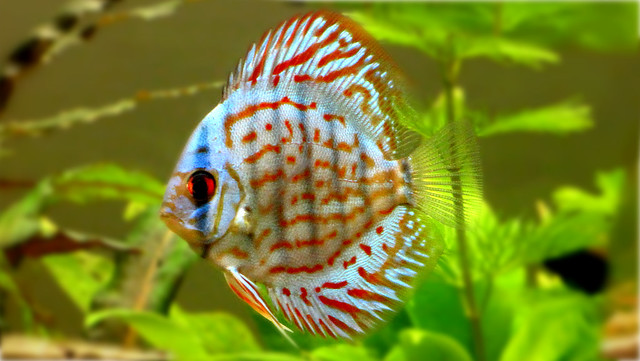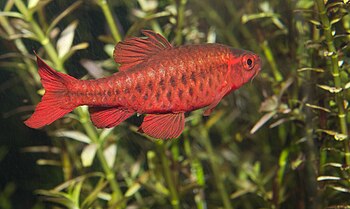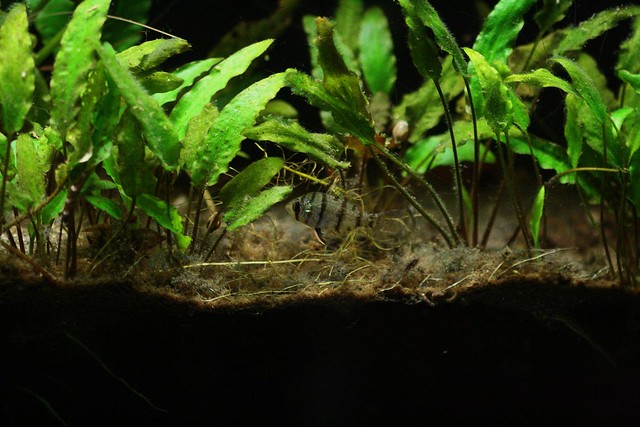pH Control – pH stands for hydrogen potent. It is actually the concentration of hydrogen ions present in your aquarium tank, and as you know, hydrogen ion concentration refers to acidity of the water in the tank. As fishes live in the water, performing all their biological activities, the pH value is bound to change. The best way to ensure that the pH values remain conducive for the health of your fish is to change the water often.
Kh control – For the scientifically inclined people, Kh is the hydrolysis constant. Simply speaking, it is the ability of water to buffer, which means, maintain a particular optimum level of the acids and bases in it. Changes occur in the fish tank over time due to the inclusion of chemicals produced from biological activity. That is one reason why the water has to be periodically changed.
Controlling nitrate levels – Ideally speaking, a saltwater aquarium must have a nitrate concentration of at the most 20 parts per million and a freshwater aquarium must have at the most 50 parts per million. Fish excretion is in the form of ammonia, which increases the nitrate level of the tank. There are protein skimmers available that can help to keep the nitrate levels to optimal levels within the tank. But these skimmers will not be able to remove the organic debris that collects in the tank from time to time. That is the reason why complete water changes become necessary. In fact, aquarium sellers do stress upon nitrate level maintenance as the most important reason for making periodical water changes.
Detoxifying the aquariums – Dead aquatic organisms, byproducts of metabolic activities in the fish and other aquarium residents and the excretion products of your fish will definitely introduce some toxic products in your aquarium tank. Some toxic materials can also enter from the external environment, such as when things drop into your tank or when some microorganisms enter through the air. They could play havoc with the health of your delicate fish. You cannot effectively monitor such toxic intrusions. The best way is to change water.
Cleaning aquarium accessories – If you have live elements in your aquarium tank such as live sand, live rock, sponges, bio balls, etc. it is best to provide them with clean water of aquarium standard to filter out the wastes that they produce from time to time.
Controlling algal growth – Algae are microscopic plants that grow in all types of aquatic environment. They grow faster in aquariums because the water there is stagnant and favorable for their growth. However, algae can pollute the water in the closed environment to drastic levels, which could also mean health problems to your fish. Not only that, algae will compete with the fish with the resources available in your aquarium. If you change the water from your aquarium regularly, you are also removing the algae that have grown in them.
Hence, water changes in your aquarium are a very important aspect of aquarium cleaning. They ensure that your fish live longer and healthier in the home you provide them.







